 |
|
 |
 |
|
Narita International Airport
Center for international air traffic in Japan
Narita International Airport is located about 60 km east of Tokyo and is used by over 30 million passengers a year as the major international airport in Japan. In terms of the number of international passengers, it is ranked 13th in the world, and in terms of the volume of international cargo it ranks the 7th highest in the world. Its share of international passengers for Japan as a whole accounts for 50%, with 60% for international cargo. 84 carriers are operating air services to and from this airport, whose network connects 101 cities in 33 countries and 3 regions around the world.
In addition, the Narita International Airport's domestic network has expanded, currently connecting 14 cities of Sapporo, Asahikawa, Sendai, Niigata, Komatsu, Nagoya, Osaka, Hiroshima, Matsuyama, Fukuoka, Oita, Kagoshima, Naha, and Ishigaki.
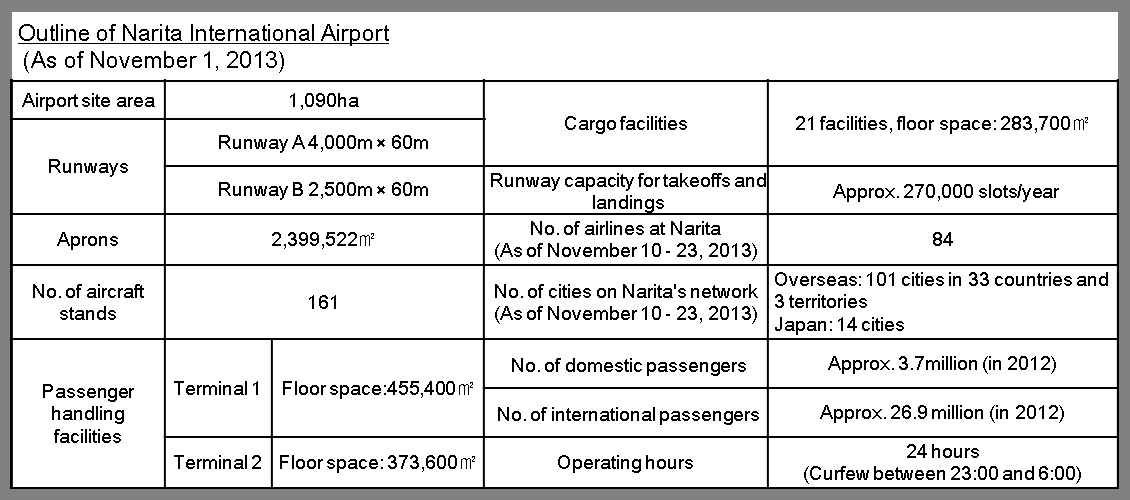
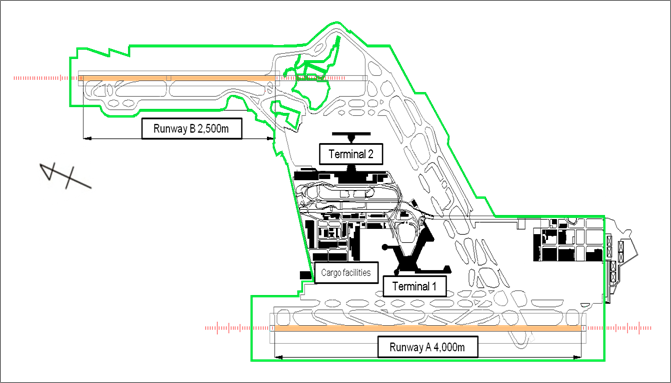
|
 |
Expansion of the capacity
The yearly number of slots at Narita International Airport was expanded up to 270,000 as of the end of FY2012 and the airport realized the Open Sky, with the taxiway on the west side of Runway B and the Yokobori District Apron commenced operation in March 2013.
As the main international airport to accommodate the strong international air transport demand of the Tokyo metropolitan area, Narita International Airport plans to expand the number of slots up to 300,000 by the end of FY2014, with the consent of local residents, by installing an advanced air traffic control system to streamline the simultaneous parallel independent departure.
Narita International Airport is intended to take the position as a major hub airport in Asia by enhancing the international aviation network mainly through implementation of the Open Sky and by developing exclusive terminals for LCCs and business aviations, in addition to reinforcing the domestic and international passenger transfer functions through expanded and improved domestic feeder routes.
|
 |
Reconstruction of the passenger terminal building
|
|
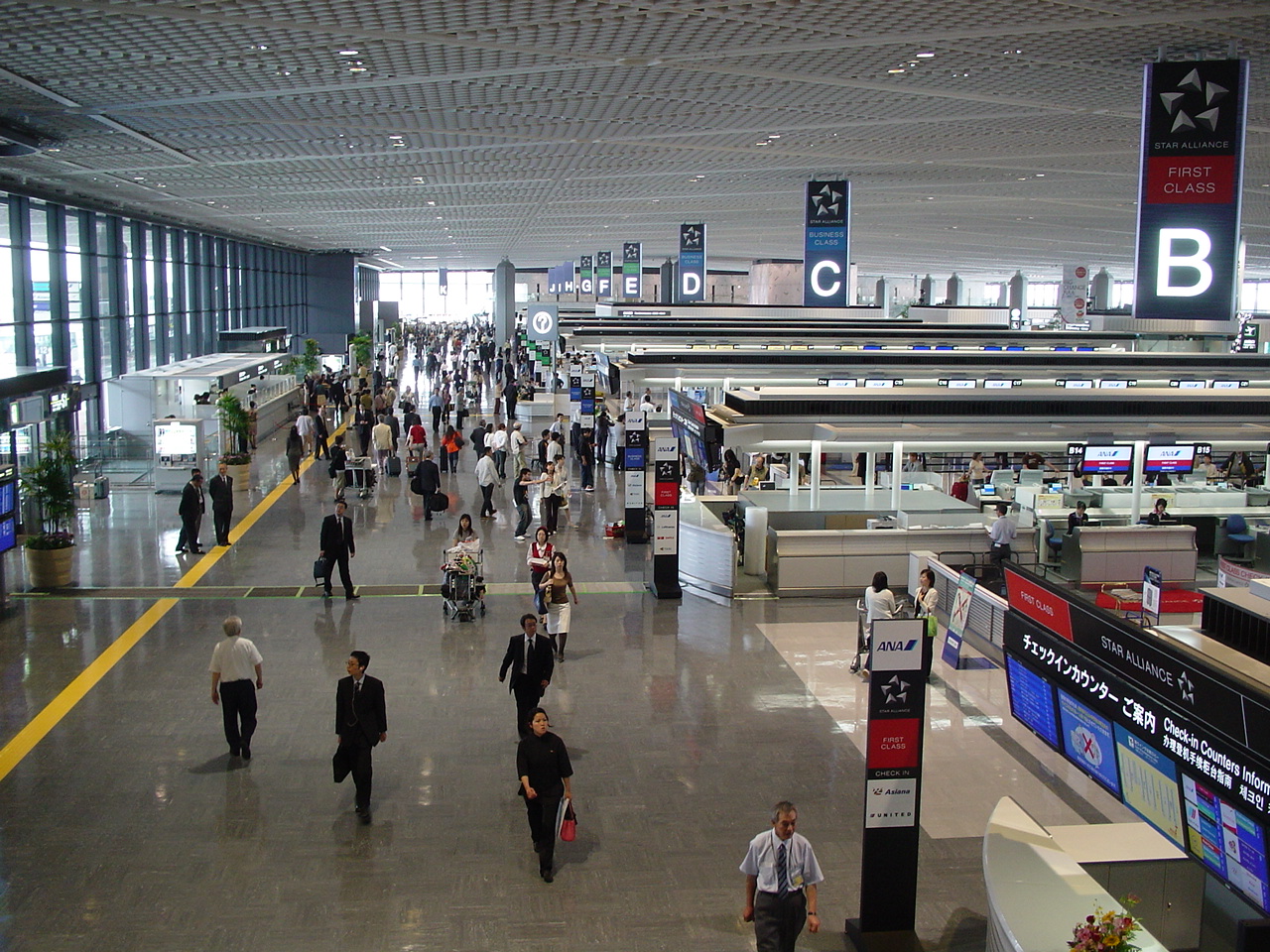
|
The airport has two terminal buildings : Passenger Terminal 1 has a total floor area of 449,600 square meters and Passenger Terminal 2 has a total floor area of 334,000 square meters. In 2006, South Wing and 5th satellite in the terminal 1 was opened. At the same time, in the South Wing, a shopping area named ‘narita nakamise’ was located. And in the terminal 2, duty-free zone had been developed, ‘Narita 5th avenue’ was opened in 2007.
|
Airport access
Currently, it takes approximately one hour to travel between the center of Tokyo and Narita Airport by train.
|
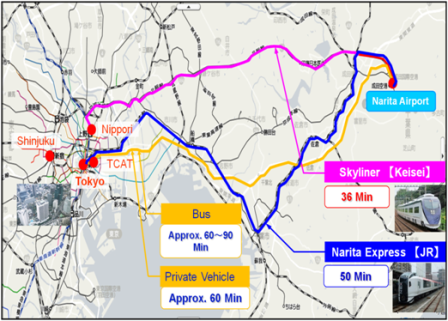
Consideration for the environment
This large-scale inland airport is oriented towards co-existence with the community. It therefore supports the development of a diverse and active community by serving as a familiar, pleasant and environment-friendly airport. Detailed measures are being devised from a comprehensive viewpoint, concerning aircraft noise abatement, the installation of recycling systems, and cooperation regarding the revival of agriculture around the airport.
|
|
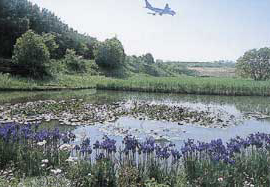
|
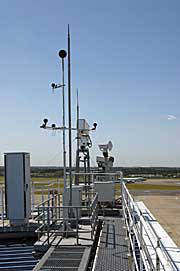
Noise Monitoring Bureau
|
|






